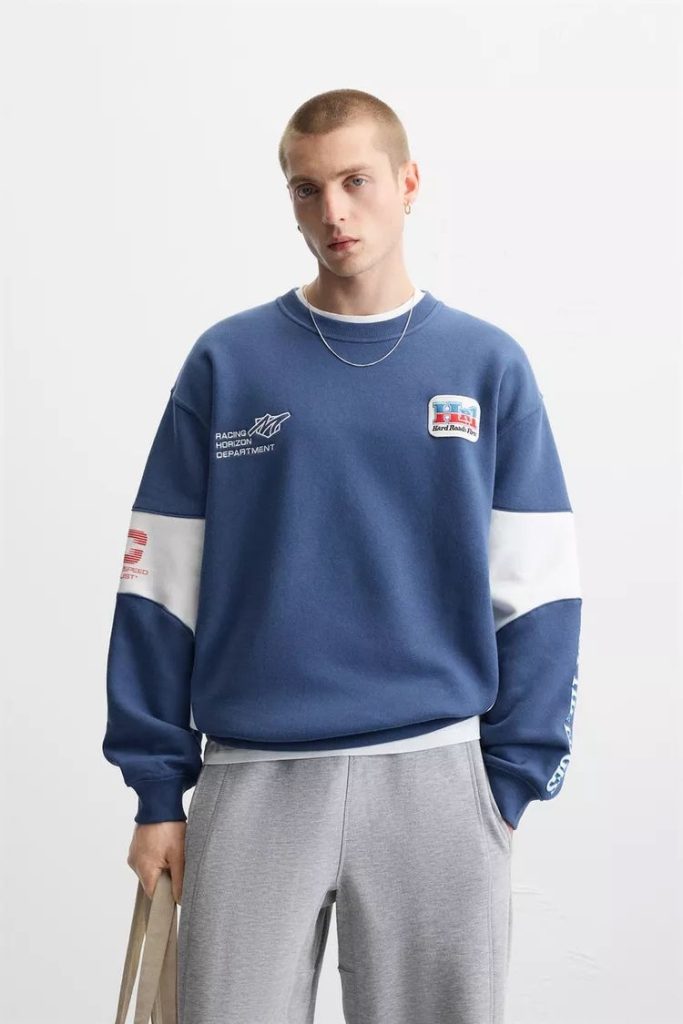Fashion is often thought of as creativity, glamour, and personal expression, yet behind the elegance of runway shows and the allure of advertisements lies one of the most powerful economic engines in the world. Fashion is not just about design and aesthetics; it is a trillion-dollar industry that shapes global trade, employment, and innovation. From cotton fields to high-end boutiques, from local artisans to multinational conglomerates, fashion creates complex networks that affect the lives of millions. Examining fashion through an economic lens reveals its vast influence on global development, consumer behavior, and the balance between growth and sustainability.
The modern fashion industry operates on a massive scale, spanning luxury fashion, fast fashion, sportswear, and accessories. According to recent economic estimates, the global fashion industry contributes trillions of dollars annually to the world economy, making it one of the largest sectors after technology and food. It employs millions of workers worldwide, from garment factory laborers in Asia to designers in Europe and North America. Fashion is deeply interconnected with agriculture, manufacturing, logistics, retail, and digital platforms, making it a cornerstone of both developed and developing economies.
At its foundation, fashion is dependent on raw materials, which already demonstrates its wide-reaching impact. Cotton, wool, leather, silk, and synthetic fibers are sourced from across the globe, fueling agricultural and industrial sectors. Countries such as India, China, and Bangladesh have economies deeply tied to textile production, while nations like Italy and France specialize in luxury goods. This distribution creates a global web of economic interdependence, where decisions made by fashion companies in one country directly influence employment and development in another. Such interconnection shows how fashion transcends borders, making it a truly global industry.
Fast fashion has transformed the economic landscape of clothing production. By producing affordable garments quickly and in large quantities, fast fashion brands have created unprecedented access to clothing for global consumers. Economically, this has stimulated retail growth, increased demand for textiles, and generated employment opportunities in developing countries. However, the model also raises questions about sustainability and exploitation. Low-cost production often relies on underpaid labor and minimal regulations, sparking debates about ethical responsibility in the fashion economy. This tension demonstrates the dual nature of fashion’s economic power: it creates opportunity but also perpetuates inequality when not managed responsibly.
Luxury fashion represents another powerful segment of the economy. High-end brands not only drive significant revenues but also create cultural capital. Luxury houses such as Chanel, Louis Vuitton, and Gucci do more than sell products; they sell status, exclusivity, and heritage. This positioning allows them to maintain high profit margins while fueling tourism and cultural industries. Fashion capitals such as Paris, Milan, New York, and London benefit economically from fashion weeks, which attract global attention and contribute billions to local economies through hotels, restaurants, and related services. The luxury sector also sustains artisanal craftsmanship, preserving skills that might otherwise disappear in a purely mass-market economy.
Retail is another cornerstone of the fashion economy. Department stores, shopping malls, and online platforms represent the direct connection between fashion and consumers. The rise of e-commerce has dramatically altered the retail landscape, shifting economic power from physical stores to digital platforms. Giants like Amazon, Zalando, and ASOS have changed the way consumers shop, while smaller digital boutiques have found new opportunities to reach niche markets. This transformation has made fashion more accessible globally but also challenged traditional retail models, forcing them to adapt or face decline. Economically, the digitalization of fashion has created new business opportunities, jobs in technology and logistics, and innovative marketing strategies that continue to reshape global trade.
Fashion also plays a critical role in cultural economies, linking art, entertainment, and media to commerce. Collaborations between fashion brands and celebrities drive economic value by influencing consumer behavior. Advertising campaigns, fashion magazines, and influencer marketing on social media create billions in revenue streams. The psychological desire for status, self-expression, and identity fuels consumer spending, making fashion one of the most emotionally driven sectors of the economy. Unlike many other industries, fashion thrives on aspiration, which makes it both resilient and dynamic in its economic impact.
However, fashion’s economic growth comes with significant costs, particularly in terms of sustainability. The fashion industry is one of the largest polluters in the world, responsible for massive water consumption, chemical waste, and carbon emissions. Economically, this creates hidden costs that affect health, agriculture, and climate. Addressing these challenges requires innovation in sustainable production, recycling, and circular fashion models. Many companies are now investing in eco-friendly practices, not only for ethical reasons but also because consumers are demanding accountability. This shift is creating a new economic sub-sector in sustainable fashion, where innovation aligns with responsibility.
Employment is another crucial dimension of fashion’s economic role. The industry provides jobs for millions, but working conditions vary widely. In developed economies, fashion supports creative industries, retail, and marketing. In developing nations, it often sustains low-cost manufacturing. The economic benefits are undeniable, as garment factories provide income for workers who might otherwise have few opportunities. Yet concerns about wages, safety, and exploitation continue to challenge the industry’s reputation. The tragedy of Rana Plaza in Bangladesh highlighted these issues, sparking global calls for reform. Economically, ensuring fair labor practices is essential not only for ethical reasons but also for creating a stable, sustainable workforce.
Tourism and national branding are also influenced by fashion. Countries known for their fashion heritage, such as France, Italy, and Japan, benefit economically from fashion-driven tourism. People travel to Milan for shopping, Paris for couture, and Tokyo for streetwear culture, turning fashion into an economic driver of tourism industries. Fashion museums, exhibitions, and historical garment collections add further value, merging cultural preservation with economic activity. This demonstrates that fashion’s impact extends beyond commerce into cultural diplomacy, shaping how nations are perceived globally.
Innovation in technology has introduced new economic frontiers for fashion. Digital fashion shows, virtual try-ons, and NFT clothing items are redefining how value is created and consumed. These innovations open up markets that are not bound by physical limitations, creating opportunities for designers and consumers alike. Economically, digital fashion reduces production costs, eliminates waste, and creates entirely new revenue streams. This futuristic direction demonstrates how fashion continually reinvents its economic role, adapting to new technologies and consumer demands.
Consumer behavior remains the driving force behind the fashion economy. People purchase clothing not just for necessity but for identity, aspiration, and emotion. This unique economic dynamic makes fashion resilient even during crises. While industries like travel or entertainment may collapse during downturns, fashion adapts, shifting to online models or emphasizing comfort and practicality. The COVID-19 pandemic demonstrated this resilience, as loungewear and casual clothing surged in sales while formalwear declined. Fashion responded to shifting psychological needs, proving its adaptability and economic importance.
The future of fashion’s economic role will likely be defined by sustainability, digitalization, and inclusivity. Consumers are demanding not only stylish clothing but also ethical and environmentally responsible production. This demand is reshaping supply chains, creating opportunities for innovation in materials, logistics, and recycling. At the same time, digital platforms are expanding the reach of fashion, enabling small designers to compete globally. Inclusivity, too, is becoming an economic force, as diverse representation in fashion opens markets and resonates with wider audiences. Together, these forces will continue to shape fashion as one of the most dynamic sectors of the global economy.
In conclusion, fashion is not just an art form or a form of self-expression; it is an economic powerhouse that influences global trade, employment, innovation, and culture. Its reach extends from rural farmers producing raw materials to luxury boutiques in global capitals, from digital platforms to cultural tourism. While it generates immense wealth and opportunity, it also presents challenges of sustainability, ethics, and inequality. By balancing creativity with responsibility, fashion can continue to thrive as both an industry and a cultural force. Ultimately, the economic impact of fashion reminds us that what people wear is never trivial; it is woven into the very fabric of global development.

